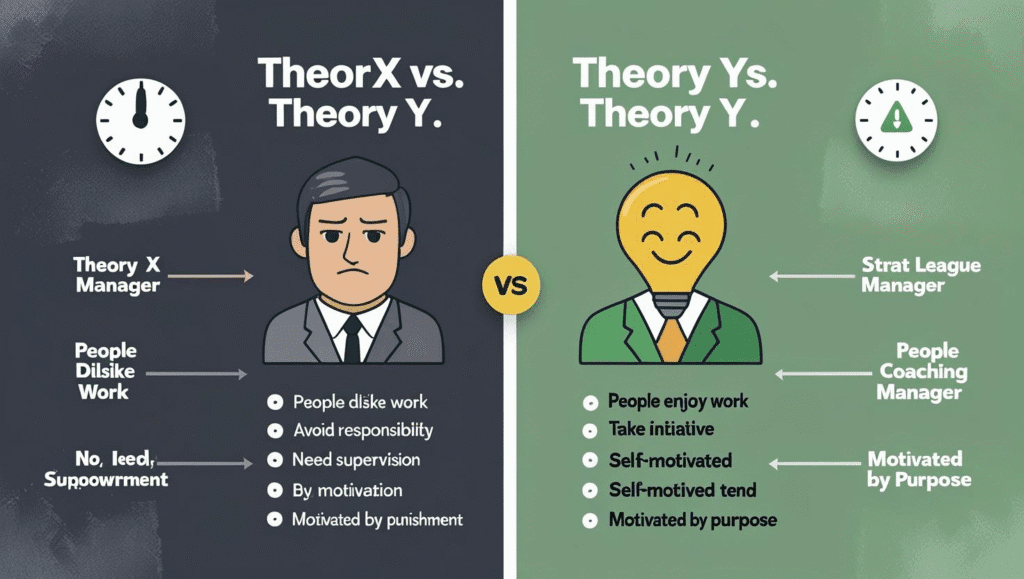The Other Side of Efficiency: A Critical Look at the Limitations of Lean Production
Lean production, pioneered by Toyota and adopted globally, is one of the most influential business philosophies of the past century. Its focus on eliminating waste, optimizing flow, and continuous improvement has revolutionized industries, leading to staggering gains in efficiency and quality. However, lean is not a flawless universal remedy for all business problems.
Adopting a lean model introduces a unique set of risks, challenges, and potential downsides that are often overlooked in the pursuit of efficiency. Acknowledging these limitations is not a rejection of lean principles, but a necessary step for any organization wanting to implement them wisely and sustainably. This guide provides a critical examination of the limitations of lean production, offering a balanced perspective on its real-world application.
A Quick Refresher: What is Lean?
At its heart, lean production is a philosophy that aims to maximize customer value by relentlessly eliminating waste (Muda). Its core tenets include Just-in-Time (JIT) delivery to minimize inventory, a focus on smooth production flow (Heijunka), and a culture of Kaizen, where every employee is engaged in continuous, incremental improvement.
The Core Limitations and Risks of Lean Production
While powerful, the intense focus on efficiency creates specific vulnerabilities and challenges. Understanding these is key to mitigating them.
⛓️Vulnerability to Disruption
The elimination of buffer inventory in a Just-in-Time (JIT) system makes the entire supply chain incredibly fragile. Lean systems are highly optimized for stability and predictability, but they lack resilience when faced with unexpected events.
Key Disruption Risks:
- Supplier Failures: A single delayed component from one supplier can halt the entire production line.
- Logistics Breakdowns: Shipping delays, port congestion, or transportation strikes can be catastrophic.
- Demand Spikes: Sudden, unexpected increases in customer demand cannot be met if there is no finished goods inventory.
- External Shocks: Natural disasters, pandemics, or geopolitical conflicts can sever critical supply links instantly.
💼High Implementation Costs
Transitioning to a lean system is a massive undertaking with significant upfront costs. It is not a simple or cheap initiative, despite its goal of cost reduction in the long run.
Implementation Hurdles:
- Extensive Training: All employees, from the executive suite to the factory floor, require deep training in lean principles and tools.
- System Overhauls: May require significant investment in more flexible machinery, factory layout changes, or new IT systems to support JIT.
- Consulting Fees: Many companies require external lean experts to guide the complex transformation process.
- Initial Productivity Loss: Production can slow down during the transition period as new processes are learned and implemented.
😟Increased Employee Stress
While lean promotes ‘respect for people’, a poor implementation can create a high-pressure, stressful environment. This has led to the “lean is mean” critique, where the focus on efficiency comes at a human cost.
Sources of Stress:
- Relentless Pace: The system is timed to a precise rhythm (*takt time*), leaving little room for error or rest.
- Lack of Slack: With no buffer inventory or time, any small problem becomes a crisis, increasing pressure on workers to perform flawlessly.
- Rigid Standardization: Overly rigid standardized work can remove autonomy and creativity, making tasks feel monotonous and micromanaged.
- Fear of Redundancy: Employees may fear that their own efficiency improvements will ultimately lead to their jobs being eliminated.
🏢Requires a Deep Cultural Shift
Lean is not a set of tools you can simply plug into your existing company culture. It is a philosophy that requires a fundamental change in how people think, communicate, and work together. This is often the hardest part.
Cultural Barriers:
- Resistance to Change: Overcoming the “this is how we’ve always done it” mentality is a major obstacle.
- Lack of Trust: Lean requires high levels of trust and transparency between management and employees, which is absent in many traditional, hierarchical organizations.
- Top-Down Mandates: If lean is implemented as a top-down order without genuine buy-in from all levels, it is almost certain to fail.
🎨Less Suitable for High-Variety Work
Lean was perfected in the context of high-volume, low-variety automotive manufacturing. Its principles can be difficult to apply in environments characterized by high levels of customization and low production volume.
Challenges with Customization:
- Standardization is Difficult: Creative, bespoke, or project-based work (e.g., craft furniture, consulting) does not lend itself well to the rigid process standardization that lean requires.
- Frequent Changeovers: In a high-mix production line, the time spent changing over machines and processes can become a significant source of ‘waste’ that is difficult to eliminate.
💡Potential to Stifle Breakthrough Innovation
The lean principle of *Kaizen* emphasizes continuous, *incremental* improvement. While this is excellent for optimizing existing processes, it can sometimes inadvertently discourage radical, game-changing innovation.
The Innovator’s Dilemma in Lean:
- Focus on the ‘Now’: The system is so hyper-focused on perfecting the current way of doing things that it may be resistant to a disruptive new idea that would scrap the process entirely.
- Fear of Disturbing Flow: A radical new product or process would introduce massive variation and disruption, the very things a lean system is designed to eliminate.
Conclusion: Embracing Lean with Eyes Wide Open
Lean production remains one of the most powerful management philosophies ever developed. Its ability to drive efficiency, improve quality, and engage employees is undeniable. However, it is a tool, and like any powerful tool, it must be used with skill, wisdom, and a clear understanding of its limitations.
The organizations that succeed with lean are not blind followers. They recognize the inherent trade-off between maximum efficiency and resilience. They build strategic buffers for critical components, invest deeply in a culture of trust to empower their employees, and know when to balance incremental improvement with bold innovation. Approaching lean with a critical and holistic perspective is the key to harnessing its incredible power while mitigating its significant risks.
Frequently Asked Questions (FAQ)
Is Just-in-Time (JIT) the same as lean production?
No, they are not the same, but JIT is a critical component of lean production. Lean is the overall philosophy focused on eliminating all forms of waste to maximize customer value. Just-in-Time (JIT) is a specific strategy used within the lean framework to reduce inventory waste by ensuring materials arrive exactly when they are needed for production, and not before.
Can lean principles be applied to service industries?
Yes, absolutely. While lean originated in manufacturing, its principles are widely applied to service industries like healthcare, software development (Agile and Scrum methodologies are heavily influenced by lean), and banking. In a service context, ‘waste’ is redefined to include things like wasted time in a waiting room, unnecessary process steps in a loan application, or bugs in a software release.
What is the biggest risk of implementing lean production?
The single biggest risk of a purely implemented lean system is its extreme vulnerability to external disruptions. Because the Just-in-Time (JIT) methodology eliminates buffer or safety stock, any delay from a supplier, a transportation problem, or a natural disaster can bring the entire production line to a halt almost immediately. This lack of resilience is a major trade-off for the system’s high efficiency.
How can a company avoid making employees feel stressed in a lean system?
To counteract the ‘lean is mean’ perception, companies must genuinely commit to the ‘Respect for People’ pillar of the lean philosophy. This involves truly empowering employees by involving them in the design of their own standardized work, providing them with the training and tools to solve problems, fostering a culture of psychological safety where mistakes are learning opportunities, and ensuring that efficiency gains do not come at the cost of burnout or job security.

